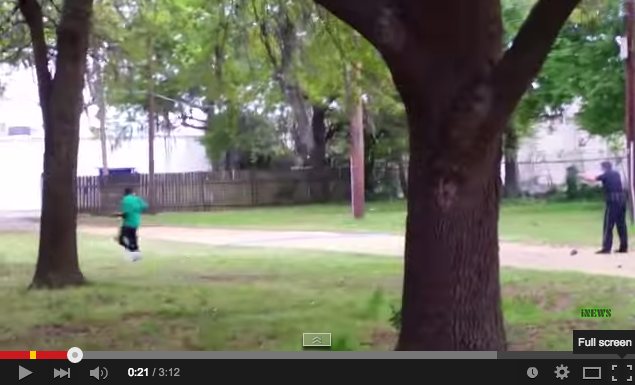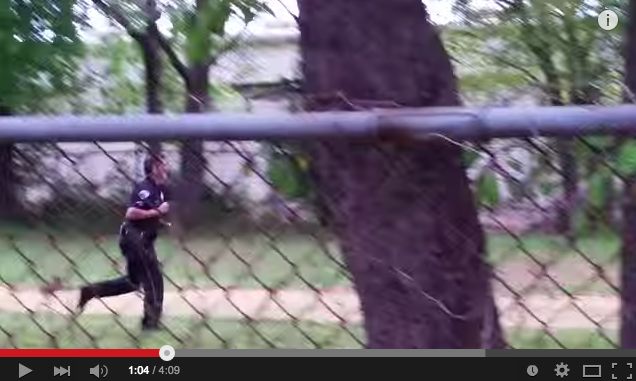New Jersey Gov. Chris Christie, trying to change the subject from his own shabby performance as governor, has called for $1 trillion in cuts to Social Security and Medicare over 10 years, claiming it’s time for a “grownup discussion” of the alleged funding crisis facing both critically important programs.
Actually, his claim that the programs are too expensive is childish and misleading. Yes there is a projected shortfall in funds to cover benefits for a looming wave of Baby Boomers in retirement, starting in 2033, assuming nothing is done by Congress to raise revenues, but actually fixing that problem is easy.
Here’s one proposal for solving the shortfall in the Social Security Trust Fund that was set up in 1983 to pre-fund the surge in benefits expected as the Baby Boomer generation retires, but which, because of stagnant wages, longer life expectancy, and a decade of no economic growth is going to be depleted prematurely: just raise the payroll tax that employers have to contribute to Social Security.
Studies have shown that just raising the FICA tax, historically paid 50% by workers and 50% by employers, by 1% each, would eliminate the Trust Fund shortfall completely. That’s $10 more on a $1000 weekly paycheck, $3 more on a $300 paycheck — a barely noticeable uptick in taxation to assure full benefits through one’s retired years.
This simple solution has been opposed, not so much by the public, but by corporate America, which doesn’t want to pay higher payroll taxes for its employees. Republicans, and some conservative Democrats who receive oodles of corporate campaign cash, listen to that kind of thing.
But the truth is corporate America has been doing just fine. It’s just the American worker who’s been suffering. In fact, the reason workers have been suffering is that they have been getting short-changed their bosses.
 This guy, NJ Gov. Christy, wants to steal $1 billion of your Social Security and Medicare funding. The capitalists of America are way ahead of him — they’ve been stealing your productivity gains for decades
This guy, NJ Gov. Christy, wants to steal $1 billion of your Social Security and Medicare funding. The capitalists of America are way ahead of him — they’ve been stealing your productivity gains for decades
 John Grant (l) talks about the Pentagon's PR campaign to rewrite Vietnam War history with Dave Lindorff (r) on PRN.fm
John Grant (l) talks about the Pentagon's PR campaign to rewrite Vietnam War history with Dave Lindorff (r) on PRN.fm






